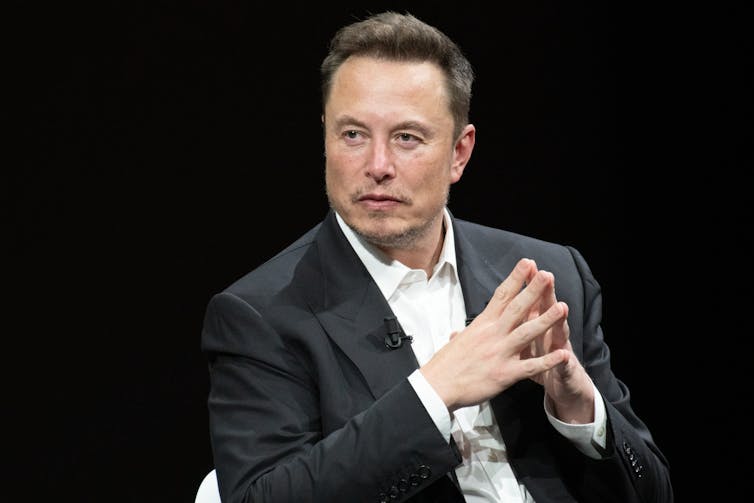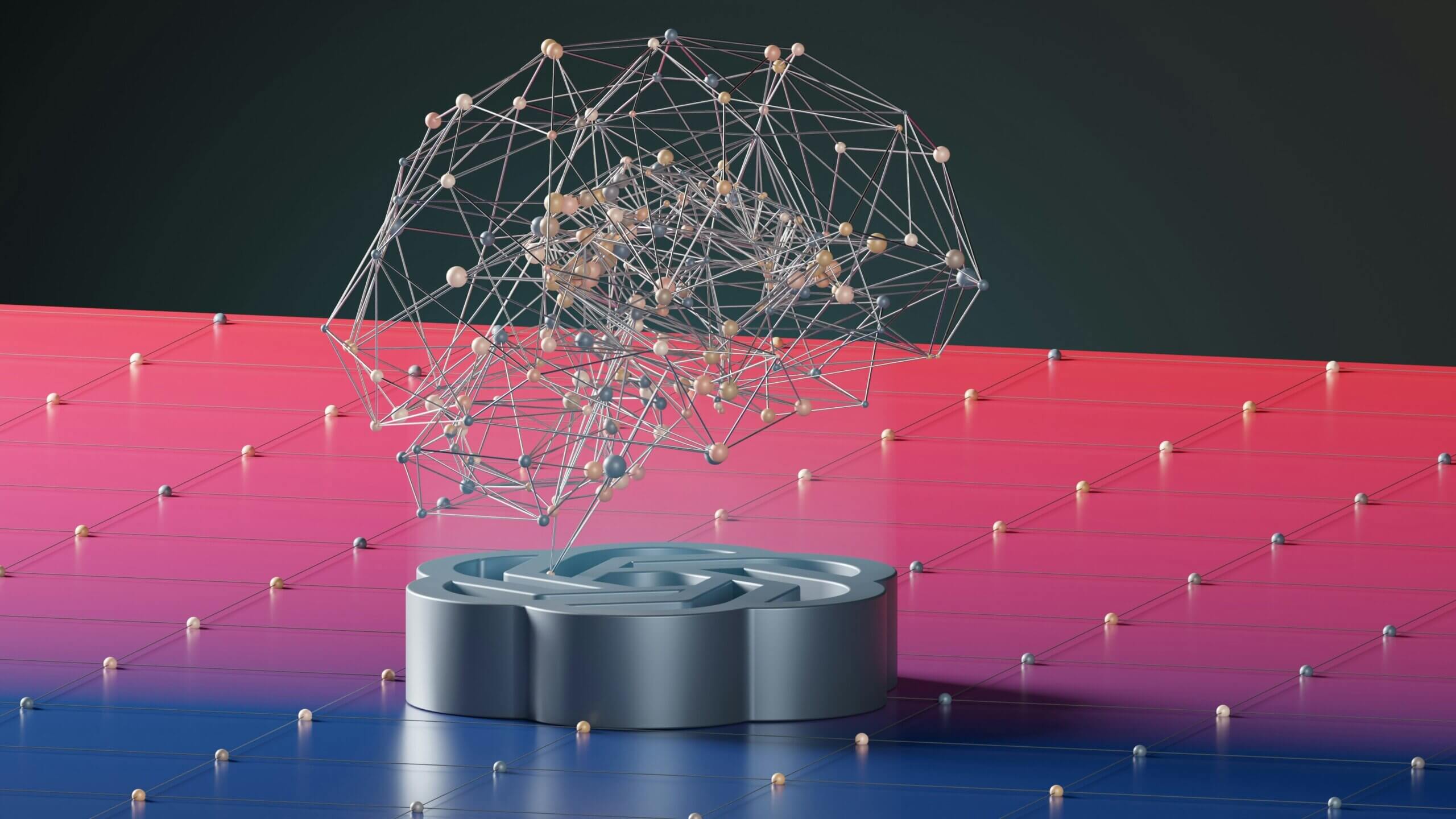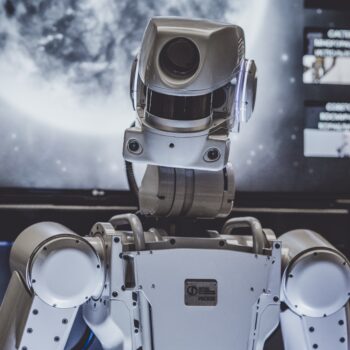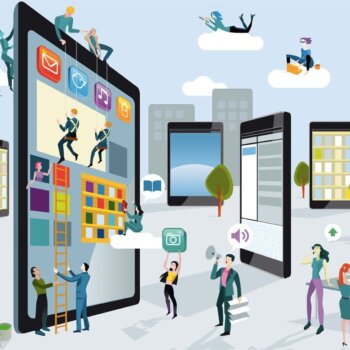Key Takeaway:
Neuralink, founded by Elon Musk, aims to implant a brain-computer interface (BCI) in people’s brains, allowing them to control computers or phones by thought alone. This technology holds the promise of alleviating human suffering and allowing people with disabilities to regain lost capacities. However, the long-term aspirations of Neuralink include the ability to summon a self-driving vehicle by thought alone. Brain-computer interfaces detect electrical activity in the brain connected to a person’s intentions, and can be used with various technological systems. Military uses include “super soldiers” enhanced with neurotechnology, which could operate more effectively in challenging environments. Neurotech could emerge as an essential infrastructure that becomes the key interface of human relationships with technological systems. However, the debate on the larger purpose of neurotechnology needs input from various groups, including infrastructure specialists, designers, architects, human computer interaction specialists, and community groups.
Elon Musk’s company called Neuralink, launched in 2016, aims to implant a piece of technology in people’s brains that would allow them to control a computer or phone by thought alone. This is otherwise known as a brain-computer interface.
After years of experimenting on animals, Neuralink recently announced the implantation of one of their devices in the brain of a person.
Yet “neurotechnology”, of which this is a form, holds the promise of alleviating human suffering and allowing people with disabilities to regain lost capacities.
And it raises further questions. Would people without disabilities also embrace technology that directly connects with their brains and nervous systems? What would happen in future if people were able to link themselves to devices, infrastructure and even other people’s brains in a kind of brain-computer internet?
It’s now time to begin to think about those questions. Medical conditions such as locked-in syndrome prevent people from communicating or moving their limbs. Neuralink’s device is initially aimed at restoring capacities to people with such conditions by controlling a computer cursor to communicate, or using a robotic arm to feed themselves.
However, the longer term aspirations of the company, as expressed by Musk, include the capacity to summon a self-driving vehicle by thought alone. These aspirations suggest that neurotechnology might connect people to a wide variety of technological systems currently in everyday use.
What are brain-computer interfaces?
Brain-computer interfaces (BCI) detect the electrical activity in the brain connected to a person’s intentions. For example, if a person wants a cursor to move to the right, they might imagine waving their hand. This brain activity is decoded and converted into a command for a cursor.
This approach can work with a robotic arm, the lights in a smart home, a video game, or even a drone or robot. A BCI can be thought of as a “universal controller”, or as the eminent neuroscientist Professor Rafael Yuste has described it, an iPhone for the brain.

Neurotechnology can be invasively implanted in the brain or nervous system, or come in the form of wearable technology, such as a headset or earbuds. Air traffic controllers with external headsets can have their brains monitored to alert them when their attention levels are dropping.
Children in Chinese high schools have already had their brains monitored by teachers. The company Brainwave Science even offers a product to security services and police that can monitor suspects’ brains during interrogations.
However, things might go even further, as forms of direct brain to brain communication are being tested. Instead of calling your friend or texting them, you might one day communicate telepathically. Rudimentary forms of direct brain to brain communication between humans (and even between humans and various animals) have already been achieved.
Military uses
Various militaries are also interested in the potential of “super soldiers” enhanced with neurotechnology, as they could operate more effectively in challenging environments, such as urban settings.
This would incorporate weapon systems, sensing and monitoring the human brains of military personnel in a distributed system of battlefield control. A particularly striking example of this approach comes in the form of the thought-controlled robotic dogs that have recently been demonstrated by the Australian Army.
This brings to mind the fictional Borg civilisation from Star Trek, who are a similar mix of biology and machine parts. The alien Borg are individuals connected by neurotechnology that operate together as an entity. The implications of an interconnected system of humans and machines enabled by neurotechnology is something we should start to think about, along with what values that society might have.
We can envisage all kinds of scenarios. In future, it’s possible that those who operate critical infrastructure in cities could have their brains monitored to prevent accidents. People with mobility issues might increasingly interact with devices in their home, turning lights on and off and controlling domestic robots via their brain-computer interfaces.
Wider take-up?
At some point, people without disabilities could also decide to dispense with handheld remote control appliances in favour of controlling devices with their brains. Prisoners and offenders in the community could be monitored in real-time to assess their mental states.
In time, these separate applications might start to make connections with each other in service of enhanced efficiency, commercial expediency, and social control. Neurotech could emerge as an essential infrastructure that becomes the key interface of human relationships with technological systems.
What emerges from all of this? There has some been some thinking and action in relation to the human rights and broader legal implications of neurotechnology. But much of the debate is rather individualistic in orientation and neglects the wider societal implications of changing human relationships with technological systems.
Consequently, we need a discussion about the larger purpose of neurotechnology, its use and implications. This needs input from a variety of groups, such as infrastructure specialists, designers, architects, human computer interaction specialists and community groups.
Neurotechnology is likely to have diverse impacts across society: in the home, the workplace, the criminal justice system and networks of infrastructure.
Teasing out the emerging issues across these different sectors should enable us to anticipate the harms and benefits of neurotechnology. This will allow us to shape its development to support humans and the environment.
To paraphrase the Borg: resistance may not be futile after all.





























